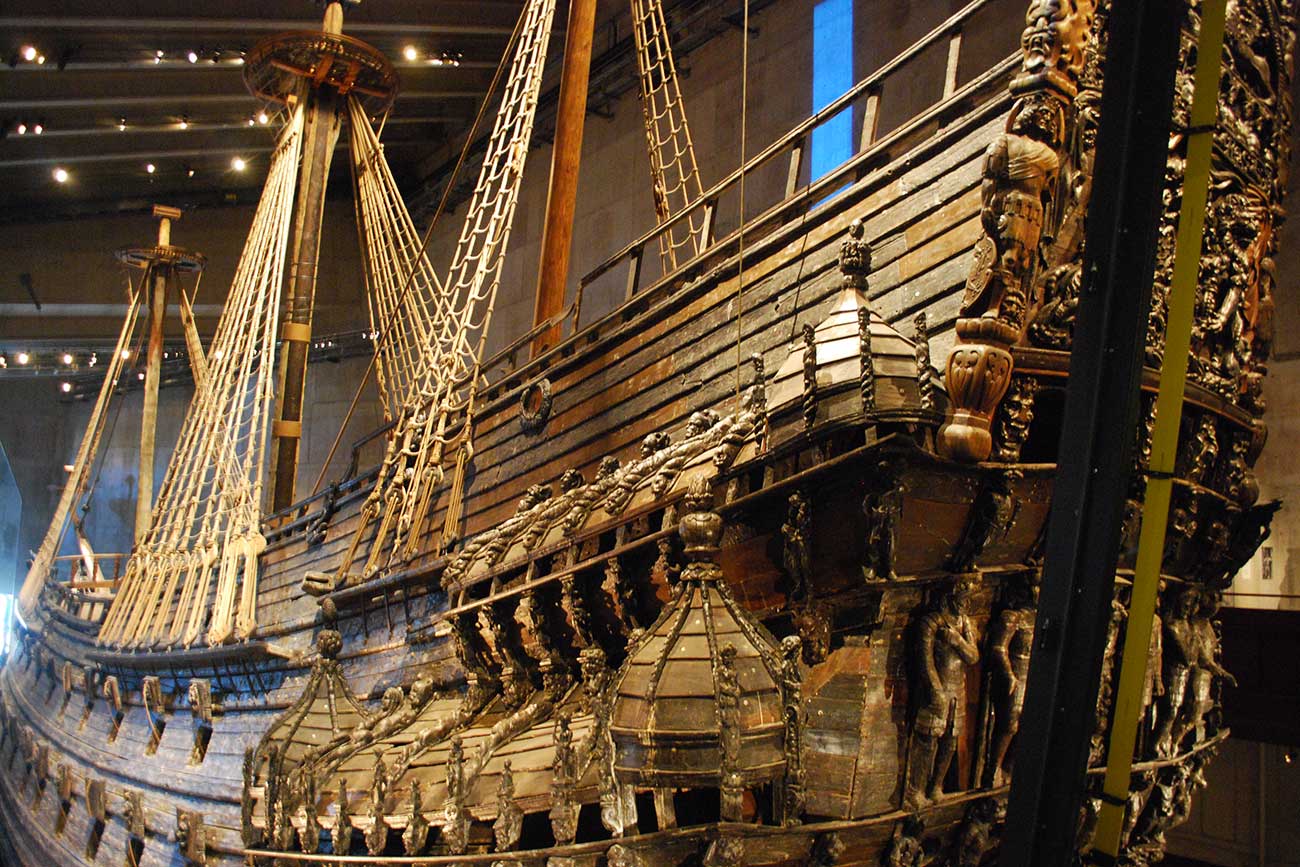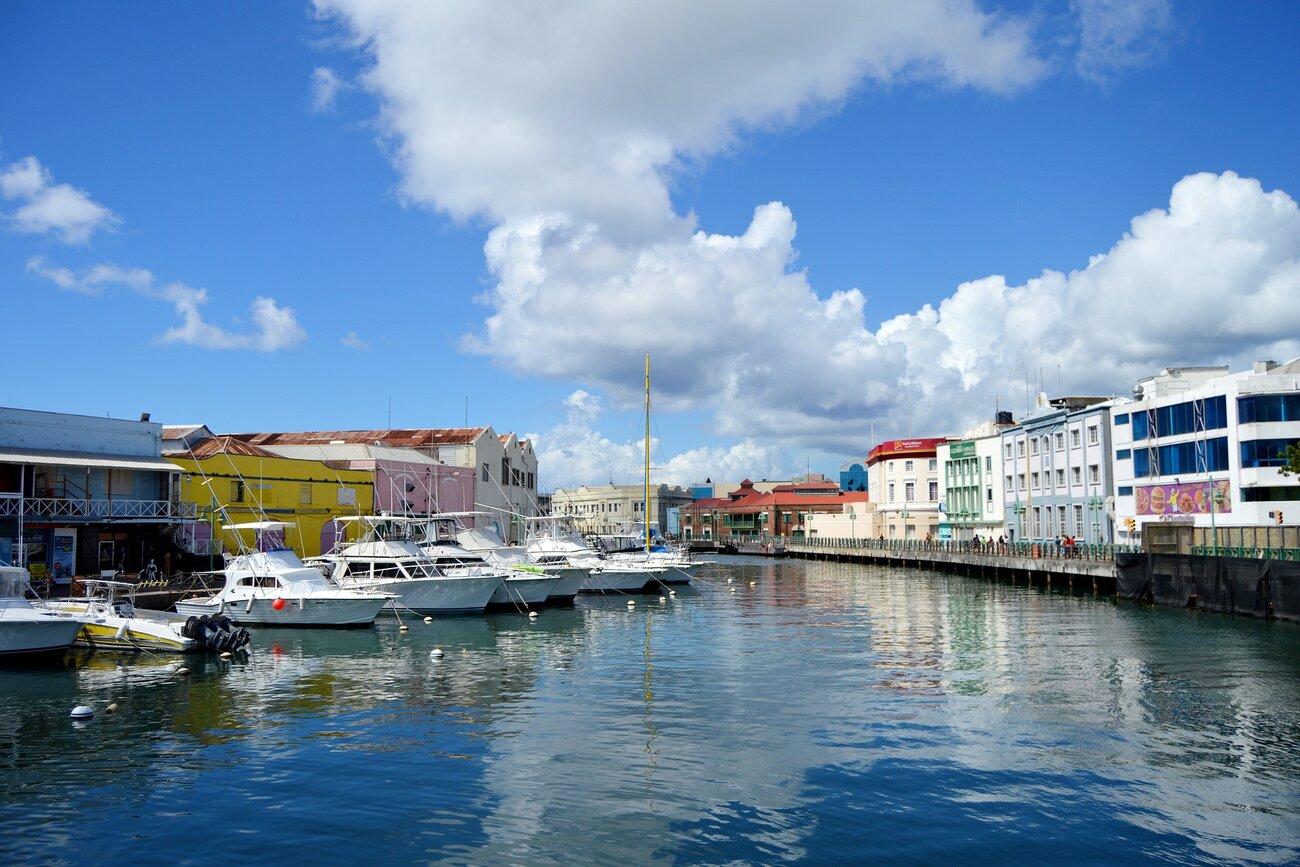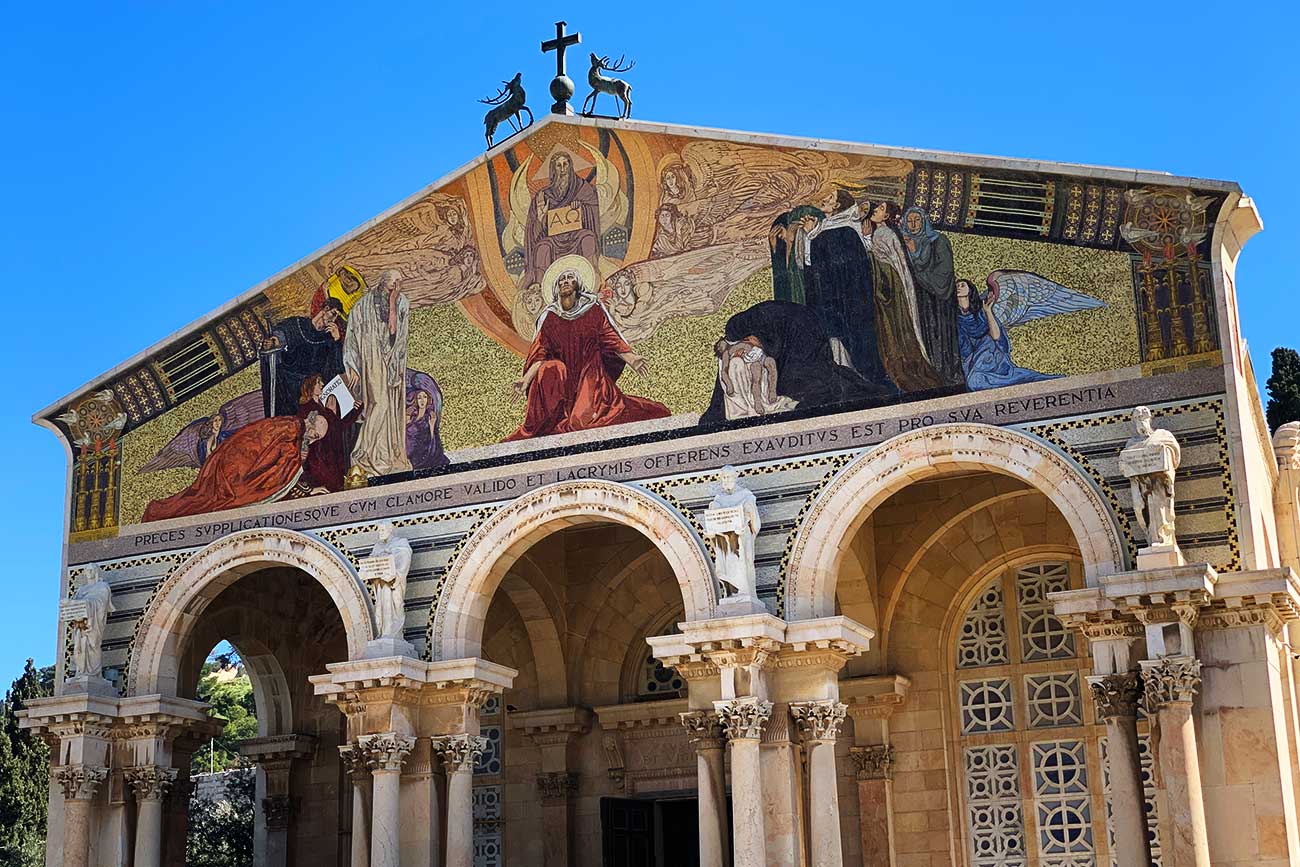Stockholm’s “Vasa” is a treasure, a time capsule, and a glorious reminder of man’s abilities on many fronts. It’s truly a thing in this world that is truly one-of-a-kind and completely irreplaceable.
Once Thought Lost
The Vasa is the only 17th-century ship that has survived to this day, and the Vasa Museum was built to enshrine and protect it. Completed in 1628, the 69-meter long warship met with disaster on its maiden voyage and sank. It was thought to be lost in the middle of Stockholm until it was salvaged in 1961 — a full 333 years later. Can you imagine what damage three centuries of submersion in seawater could have done to the Vasa? But no, after around 40 years the Vasa has been nearly restored to what it would have looked like on the day of its launch. Around 95% of the ship is still original, and those that are not were replaced in their original dimensions.
Today, the 64-gun ship with its three towering masts is shown in its full glory on the island of Djurgården. It is the single most visited museum in the whole of Scandinavia, attracting almost 1.5 million people in 2017 alone.
Visiting the Past
 It’s impossible not to stare at the Vasa, once you see it in full. It looks very much like those ancient warships we see in Hollywood movies — the dark wood, the human figure carvings in the rear, the nets, the windows, everything. But it’s all real, and it’s all a part of history. We can only imagine how painstaking the work was that went into the construction of even one of these ships, let alone an armada of them. It’s a consummate work of art, though through the tour we are reminded that its mission was to bring death to Sweden’s enemies (then the Poland-Lithuania alliance). In fact, this 69-meter long ship was in its time the most powerful ship in the Baltic, some say even the world. It was a pity this lasted only a few minutes, as the ship had barely left port when disaster struck it.
It’s impossible not to stare at the Vasa, once you see it in full. It looks very much like those ancient warships we see in Hollywood movies — the dark wood, the human figure carvings in the rear, the nets, the windows, everything. But it’s all real, and it’s all a part of history. We can only imagine how painstaking the work was that went into the construction of even one of these ships, let alone an armada of them. It’s a consummate work of art, though through the tour we are reminded that its mission was to bring death to Sweden’s enemies (then the Poland-Lithuania alliance). In fact, this 69-meter long ship was in its time the most powerful ship in the Baltic, some say even the world. It was a pity this lasted only a few minutes, as the ship had barely left port when disaster struck it.
The exhibitions aboard Vasa Museum are concerned not just with the ship itself, but its history, its time, the people aboard it, and the people who helped restore it. There are guided tours in both Swedish and English, and there are also audio guides and films to help immerse visitors better in the Vasa experience.
The ground floor of the museum holds a 1:10 scale model of the Vasa, in full color that shows the grandeur of the ship. It also includes the figurehead of the ship, a lion bearing the coat of arms of the ruling dynasty. Another interesting exhibit is a miniature of how the salvage divers managed to recover the warship from its watery grave. The miniatures likewise tell us a story of how the ship sank.
The fifth level of the museum also houses other miniatures, including how life onboard the very overcrowded ship must have been. The workers aboard were thought to have slept in between the ship’s cannons, two of which are displayed on the same floor. A floor up, on the sixth, is the ship’s sterncastle which has one of the most ornate carvings — the Vasa coat of arms, including the vase from which the ship got its name.
Other interesting exhibits include the museum’s vision of the Vasa for the future (including how to counteract the decomposition of the ship’s original parts), images of the people who were aboard the Vasa when it sank, and a revealing piece about the role of women in the construction of the warship and its peers. There are ten exhibits in total, and a film (in 13 languages!) is shown about the ship.
Outside the custom-made main building of the museum is a garden, along with other museum ships from the 1900s. It’s a complete experience and really immerses the visitor in a once-in-a-lifetime experience. So if ever you’re in Stockholm, treat yourself to this outstanding display of what was once a symbol of royal naval power. The Vasa is a unique touchpoint to the past, something for all to see and appreciate.










